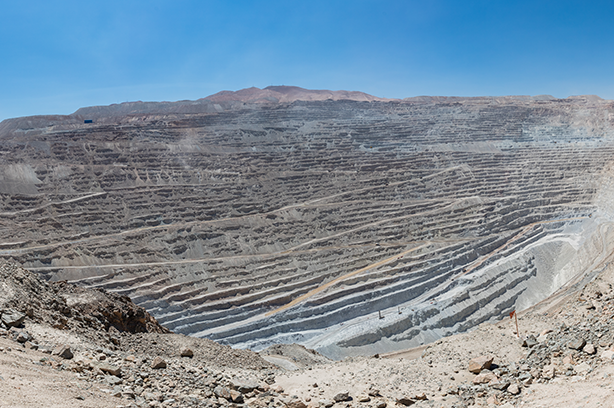Chi-Ning Gerrard

This book follows the story behind six key materials: Salt, Sand, Iron, Copper, Oil and Lithium, without which the world as we know it would not exist.
The histories of extraction and utilisation of these substances all go back a long way, but all have been refined, and, crucially, scaled up dramatically so as to enable the end-products to become cheap and plentiful.
I was both amazed and appalled at the extent to which humanity has been prepared to go to obtain these materials in vast, and increasing, quantities, often with destructive knock-on effects on the environment, local people and wildlife. And yet, uncomfortably, I realise that a day hardly passes in which our lives are not filled with products or services derived from these substances.
What’s more, I learnt that the complex global journeys these materials take from extraction to finished product are incredible. The silicon chip in your smartphone could well have been mined in Spain, purified in Germany, transformed into pure crystalline structures in USA, and finally “printed” into a chip in Taiwan! It takes very little to upset these supply chains, as we saw through the Russia/Ukraine conflict regarding gas, for a huge worldwide ripple.

This book is hugely relevant to those of us interested in the fight against climate change.
For the momentous Green energy transition that the world needs to achieve Net Zero (and achieve it we must), Conway explains how there will need to be a concurrent massive increase in the extraction of many of these six materials, e.g. copper, lithium, sand, iron and some fossil fuels.
Having an understanding of these substances, how they come to be in our lives and how reliant we are upon them, seems important if we are to tackle the challenges ahead.

